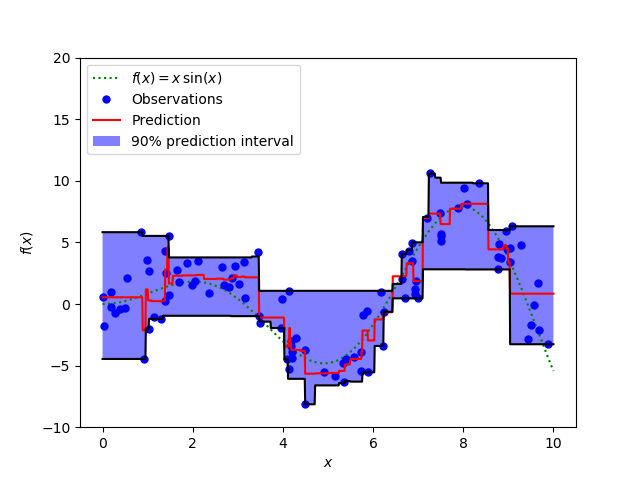Stacking是一种集成学习方法,可以将多个模型的预测结果结合起来,得到更好的预测效果。在使用Python和scikit-learn库实现Stacking方法时,需要进行以下步骤:
1. 导入必要的库和数据集。
```python
import numpy as np
import pandas as pd
from sklearn.datasets import load_iris
from sklearn.model_selection import train_test_split
from sklearn.linear_model import LogisticRegression
from sklearn.neighbors import KNeighborsClassifier
from sklearn.tree import DecisionTreeClassifier
from sklearn.ensemble import RandomForestClassifier
from sklearn.svm import SVC
from sklearn.metrics import accuracy_score
from sklearn.model_selection import cross_val_score, KFold
from sklearn.model_selection import GridSearchCV
from mlxtend.classifier import StackingClassifier
iris = load_iris()
X, y = iris.data[:, 1:3], iris.target
X_train, X_test, y_train, y_test = train_test_split(X, y, test_size=0.3, random_state=42)
```
2. 定义基本模型和元模型。
```python
clf1 = KNeighborsClassifier(n_neighbors=3)
clf2 = DecisionTreeClassifier()
clf3 = RandomForestClassifier(n_estimators=100)
clf4 = SVC(kernel='linear', probability=True)
lr = LogisticRegression()
```
3. 定义Stacking模型,并进行交叉验证。
```python
sclf = StackingClassifier(classifiers=[clf1, clf2, clf3, clf4],
meta_classifier=lr)
kfold = KFold(n_splits=10, shuffle=True, random_state=42)
for clf, label in zip([clf1, clf2, clf3, clf4, sclf], ['KNN', 'Decision Tree', 'Random Forest', 'SVM', 'StackingClassifier']):
scores = cross_val_score(clf, X, y, cv=kfold, scoring='accuracy')
print("Accuracy: %0.2f (+/- %0.2f) [%s]" % (scores.mean(), scores.std(), label))
```
4. 对Stacking模型进行调参。
```python
params = {'kneighborsclassifier__n_neighbors': [1, 3, 5],
'decisiontreeclassifier__max_depth': [1, 2],
'randomforestclassifier__max_depth': [1, 2],
'meta-logisticregression__C': [0.1, 1.0, 10.0]}
grid = GridSearchCV(estimator=sclf,
param_grid=params,
cv=kfold,
refit=True)
grid.fit(X_train, y_train)
print("Best parameters set found on development set:")
print(grid.best_params_)
print("Grid scores on development set:")
means = grid.cv_results_['mean_test_score']
stds = grid.cv_results_['std_test_score']
for mean, std, params in zip(means, stds, grid.cv_results_['params']):
print("%0.3f (+/-%0.03f) for %r" % (mean, std * 2, params))
```
5. 计算Stacking模型在测试集上的准确率。
```python
y_pred = grid.predict(X_test)
print('Accuracy: %.2f' % accuracy_score(y_test, y_pred))
```
通过以上步骤,我们就可以使用Python和scikit-learn库实现Stacking方法来组合预测了。









 最低0.47元/天 解锁文章
最低0.47元/天 解锁文章















 1万+
1万+











 被折叠的 条评论
为什么被折叠?
被折叠的 条评论
为什么被折叠?








